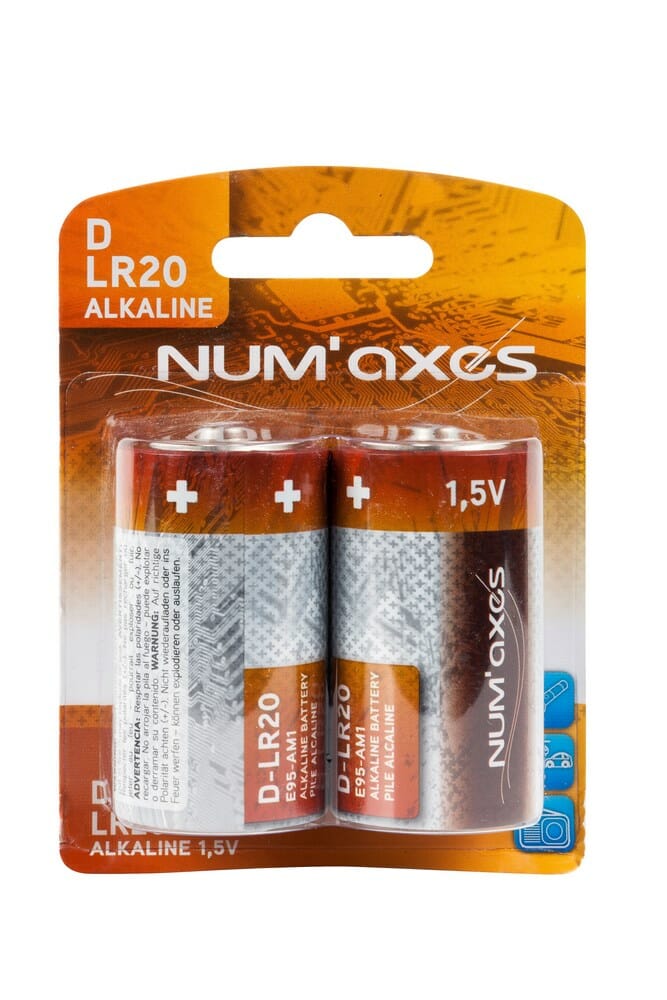

A cell can deliver some total amount of energy. It’s obvious from these graphs that even if a device having these current drains required 1.2 volts or more, it would quit a long time before the cell was fully discharged. Misconception 2: Devices designed for alkaline cells require 1.5 volts. But as I mentioned, 1 amp isn’t an unusually high drain for some battery powered devices including flashlights, so let’s see what that same cell does at a 1 amp discharge rate:Īt this discharge rate, the cell voltage is less than 1.2 for all but about the first ten minutes of the hour-long discharge period. Radios and modern GPS receivers, on the other hand, draw much less.


Some cameras draw many times this current when activating a flash. 500 mA is a modest drain for something like a flashlight – many draw 1 amp or more. The voltage, of course, drops more if the load current is greater, and less if it’s less. And for the majority of the discharge period, its voltage is less than 1.2 volts. It’s obvious from this graph that the “1.5 volt” cell delivers 1.5 volts for only the first few seconds of the discharge. As an example, here’s a graph of the voltage of a “1.5 volt” alkaline cell – a fresh Duracell AA – with a constant 500 mA load: The voltage drops as the battery discharges, and it also drops due to internal resistance as the load increases. Misconception 1: Alkaline cells deliver 1.5 volts and NiMH cells deliver 1.2 volts.Ī cell doesn’t deliver a constant voltage. Very often I’ve read statements like “1.2 volt NiMH cells can’t be used in some equipment designed for 1.5 volt alkaline cells because the voltage is too low.” This is a myth resulting from a number of misconceptions.


 0 kommentar(er)
0 kommentar(er)
